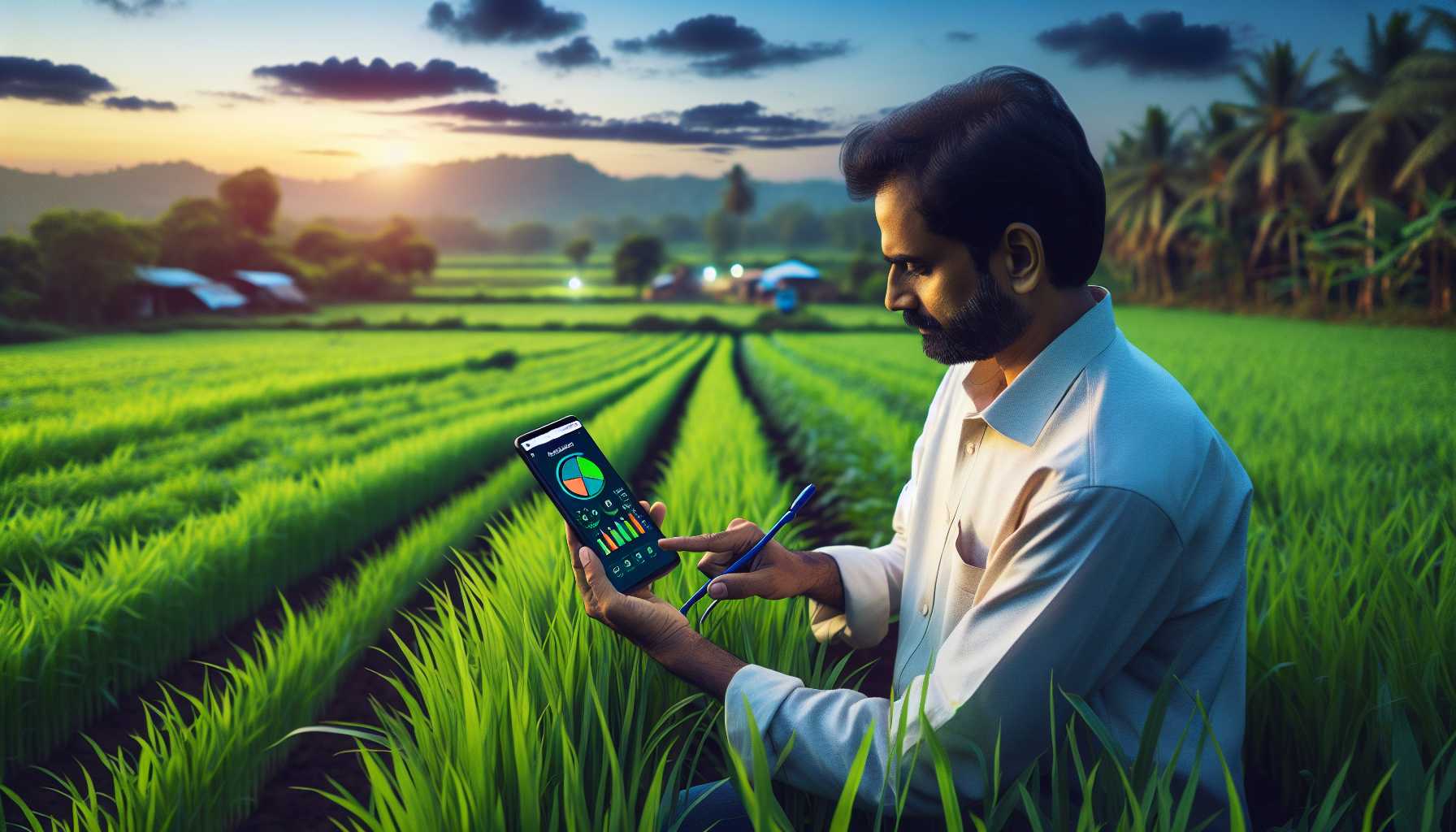Smart Agriculture Technology Adoption in Rural India: A Growing Trend
The adoption of smart agriculture technology in rural India is on the rise, driven by the need to increase agricultural productivity, improve resource efficiency, and enhance farmer livelihoods. While the exact adoption rate is difficult to pinpoint due to the vastness and diversity of rural India, several factors suggest a growing trend.
Key Drivers of Adoption
- Government initiatives: The Indian government has launched several initiatives to promote the adoption of smart agriculture technologies, including the Digital Agriculture Mission and the Pradhan Mantri Krishi Sinchai Yojana. These initiatives provide financial assistance, training, and infrastructure support to farmers.
- Increased awareness: Farmers are becoming increasingly aware of the benefits of smart agriculture technologies through extension programs, farmer field schools, and digital platforms.
- Improved affordability: The cost of smart agriculture technologies has been declining in recent years, making them more accessible to small and marginal farmers.
- Climate change: The increasing frequency and intensity of extreme weather events is driving the adoption of climate-smart agriculture technologies that can help farmers adapt to changing conditions.
Examples of Smart Agriculture Technologies
- Precision farming: This involves using sensors and data analytics to optimize the use of inputs such as water, fertilizers, and pesticides.
- Drones: Drones are being used for crop monitoring, spraying, and soil analysis.
- Internet of Things (IoT): IoT devices are being used to monitor crop health, soil moisture, and weather conditions.
- Artificial intelligence (AI): AI is being used to analyze data and provide farmers with insights that can help them make better decisions.
Challenges and Opportunities
While the adoption of smart agriculture technology is growing, there are still some challenges that need to be addressed. These include:
- Lack of digital literacy: Many farmers in rural India lack the digital literacy skills needed to use smart agriculture technologies effectively.
- Limited access to infrastructure: Access to reliable internet connectivity and electricity is often limited in rural areas.
- High initial investment: The initial investment required for some smart agriculture technologies can be a barrier for small and marginal farmers.
Despite these challenges, the potential benefits of smart agriculture technology are significant. By addressing the challenges and promoting the adoption of these technologies, India can achieve its goal of becoming a global leader in sustainable agriculture.
Adoption Rate Estimates
While a precise adoption rate is unavailable, various sources provide estimates:
- A 2020 report by the National Institute of Agricultural Extension Management (MANAGE) estimated that the adoption rate of smart agriculture technologies in India was around 10%.
- A 2021 report by the Food and Agriculture Organization (FAO) estimated that the adoption rate of digital technologies in Indian agriculture was around 25%.
These estimates suggest that the adoption of smart agriculture technology is still in its early stages but is growing rapidly.
Conclusion
The adoption of smart agriculture technology in rural India is a promising trend that has the potential to transform the agricultural sector. By addressing the challenges and promoting the adoption of these technologies, India can achieve its goal of becoming a global leader in sustainable agriculture.

